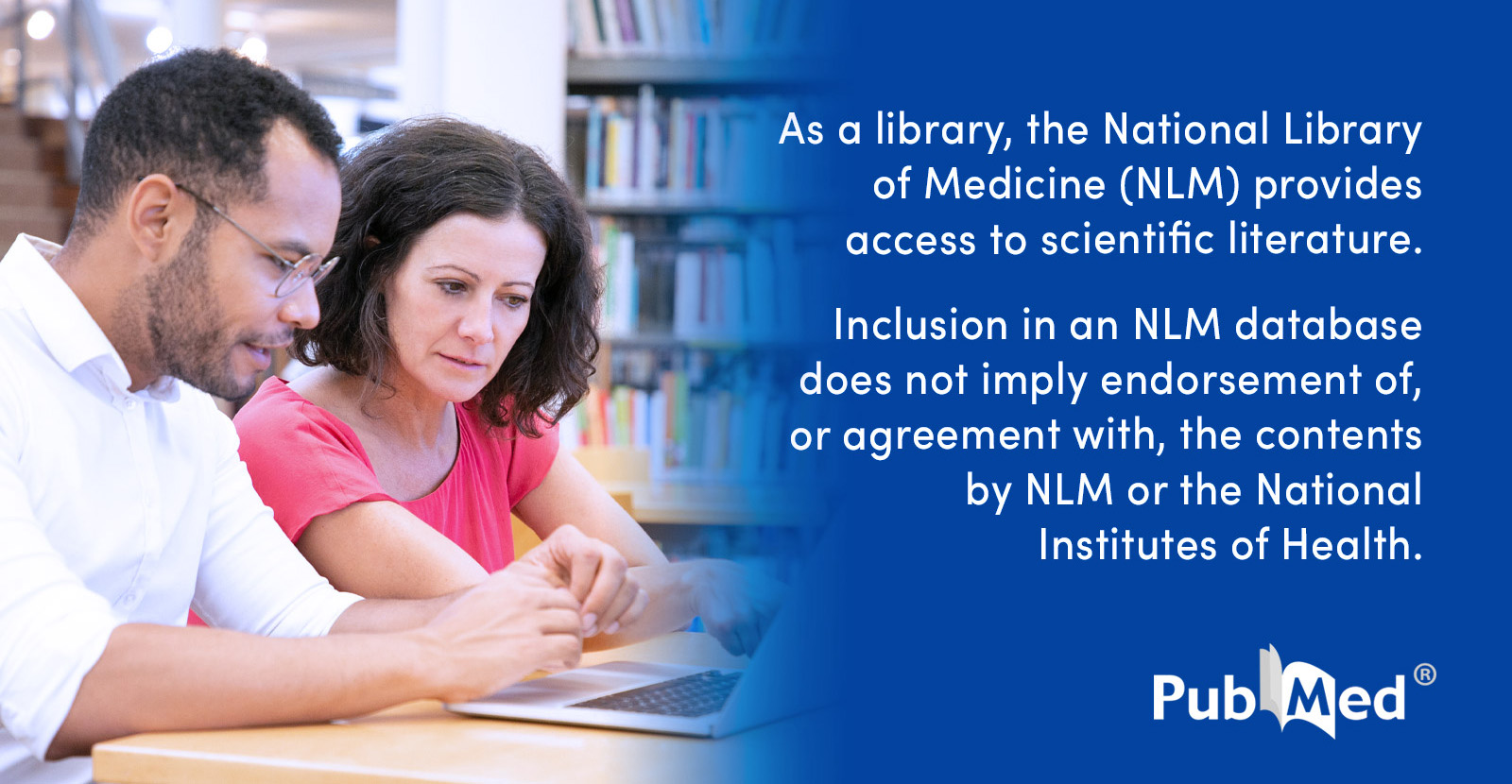Deleted member 1973
pastebin.com/Tb8AYcyk
- Joined
- Jun 8, 2019
- Posts
- 5,825
- Reputation
- 6,895
The brain-gut axis
Large divisions of the vagus nerve extend to the digestive system. About 10% to 20% of the vagus nerve cells that connect with the digestive system send commands from the brain to control muscles that move food through the gut, according to the textbook "Nerves and Nerve Injuries Volume 1" (Academic Press, 2015). The movement of those muscles is then controlled by a separate nervous system embedded within the walls of the digestive system.
Related: 11 Surprising Facts About the Digestive System
The remaining 80% to 90% of the neurons carry sensory information from the stomach and intestines to the brain. This communication line between the brain and the gastrointestinal tract is called the brain-gut axis, and it keeps the brain informed about the status of muscle contraction, the speed of food passage through the gut and feelings of hunger or satiety. A 2017 study published in the Journal of Internal Medicine found that the vagus nerve is so closely entwined with the digestive system that stimulation of the nerve can improve irritable bowel syndrome.
In recent decades, many researchers have found that this brain-gut axis has another counterpart — the bacteria that live inside the intestines. This microbiome communicates with the brain through the vagus nerve, affecting not just food intake but also mood and inflammation response, according to a 2014 review published in the journal Advances in Experimental Medicine and Biology. Much of the existing research involves experiments with mice and rats rather than humans. Nonetheless, the results are striking and show that changes in the microbiome may cause changes in the brain.
Research has also shown that vagus nerve stimulation could be effective for treating psychiatric conditions that don't respond to medication. The FDA has approved vagus nerve stimulation for treatment-resistant depression and for cluster headaches. A 2008 study published in the journal Brain Stimulationfound that vagus nerve stimulation resulted in an improvement in symptoms for patients with treatment-resistant anxiety disorders such as obsessive-compulsive disorder, panic disorder and post-traumatic stress disorder.

 www.livescience.com
www.livescience.com
Large divisions of the vagus nerve extend to the digestive system. About 10% to 20% of the vagus nerve cells that connect with the digestive system send commands from the brain to control muscles that move food through the gut, according to the textbook "Nerves and Nerve Injuries Volume 1" (Academic Press, 2015). The movement of those muscles is then controlled by a separate nervous system embedded within the walls of the digestive system.
Related: 11 Surprising Facts About the Digestive System
The remaining 80% to 90% of the neurons carry sensory information from the stomach and intestines to the brain. This communication line between the brain and the gastrointestinal tract is called the brain-gut axis, and it keeps the brain informed about the status of muscle contraction, the speed of food passage through the gut and feelings of hunger or satiety. A 2017 study published in the Journal of Internal Medicine found that the vagus nerve is so closely entwined with the digestive system that stimulation of the nerve can improve irritable bowel syndrome.
In recent decades, many researchers have found that this brain-gut axis has another counterpart — the bacteria that live inside the intestines. This microbiome communicates with the brain through the vagus nerve, affecting not just food intake but also mood and inflammation response, according to a 2014 review published in the journal Advances in Experimental Medicine and Biology. Much of the existing research involves experiments with mice and rats rather than humans. Nonetheless, the results are striking and show that changes in the microbiome may cause changes in the brain.
Research has also shown that vagus nerve stimulation could be effective for treating psychiatric conditions that don't respond to medication. The FDA has approved vagus nerve stimulation for treatment-resistant depression and for cluster headaches. A 2008 study published in the journal Brain Stimulationfound that vagus nerve stimulation resulted in an improvement in symptoms for patients with treatment-resistant anxiety disorders such as obsessive-compulsive disorder, panic disorder and post-traumatic stress disorder.

The vagus nerve: Your body's communication superhighway
The vagus nerve affects organs throughout the body.


